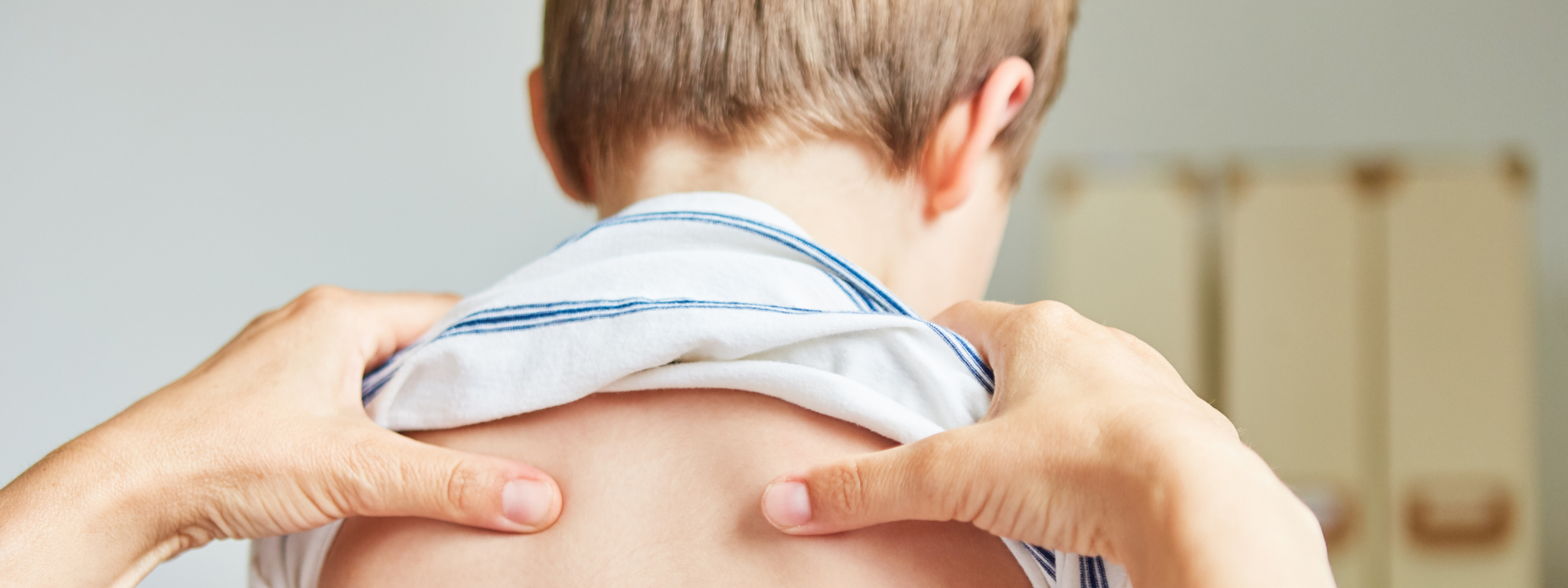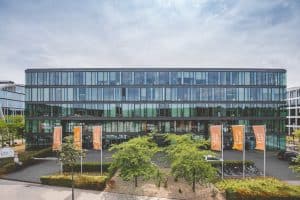X and O legs, as well as leg lengthening and shortening
A common problem in children are X and O legs as well as unilateral leg shortening. Whereas with a straight leg axis, the knee joint is optimally loaded in the middle,Sports Medicine.
Improve your performance and avoid injuries.
If the knee joint is misaligned, the weight load changes. The cartilage surfaces in the knee joint are no longer loaded evenly. A bow leg puts increased stress on the inner part of the knee joint and a knock-kneed knee puts increased stress on the outer joint surface. In the long run, this leads to cartilage damage and even arthrosis (wear and tear of the joint). Deviations in the leg axis are also among the most frequent reasons for a consultation with a paediatric orthopaedist. A shortened leg can affect the entire statics of the body. Not only the knee joint, but also the hip or the spine can be affected.
Shortening of muscles and tendons
As a child’s skeleton grows, it is not uncommon for muscles and tendons to shorten, causing increasing discomfort as the child gets older and often dismissed as growing pains. One cause of muscle shortening can be rapid growth. In the growth phases during puberty, bone length increases rapidly. The muscles do not lengthen at the same rate, so the muscles appear shortened. The tendon shortenings are always first tried to be lengthened by physiotherapy or the correct execution of exercises at home. Sometimes, however, the shortenings are so stubborn that a minor operation cannot be avoided.
Internally rotated gait
Children often trip over their own feet, especially when they are learning to walk. But older children up to primary school age also like to walk “inwards”. This is often due to a different rotation of the child’s hips. Very rarely are there other rotational errors behind it. If you are not sure or have any questions, please come and see us, we will be happy to help you.
Foot deformities
Children’s feet can have a variety of deformities in different degrees of severity. These include flat feet, hollow feet, pointed feet and many other deformities. Many parents are often unsure whether their child has a deformity. If you have any concerns, please feel free to make an appointment and we will discuss everything. Many deformities can be treated with an insole or shoe orthosis. If an operation is necessary, this can also be done at the Beta Klinik.
Bend-drop foot
Bend-drop foot is one of the most common foot deformities in infants and children. Up to the 7th – 8th year of the child’s life, the bent and flat foot is a normal variant of the foot and therefore does not require any therapy. No insole therapy is recommended here either. Since the child’s foot is very flexible in the first years of life and is still growing, most flat feet correct themselves later on. If the child still has a bent flat foot after the age of 8, an orthopaedic insole (made to measure) and special foot exercises can be used to improve the position of the foot. From the age of 11 to 13, there is the possibility of surgical correction by means of a screw on the foot.
Scoliosis and other spinal deformities
Scoliosis is by far the most common spinal disorder in adolescents. It is estimated that 2% of all adolescents between the ages of 10 and 16 have a scoliosis. In most of them, however, the spine is only slightly curved. Because scoliosis can get worse, it should be checked frequently (at least 2 – 3 times a year) and, if necessary, treated in time (physiotherapy, brace, operation). Which treatment is suitable depends not only on the degree of curvature and the skeletal maturity but also on the patient’s own wishes and ideas.



